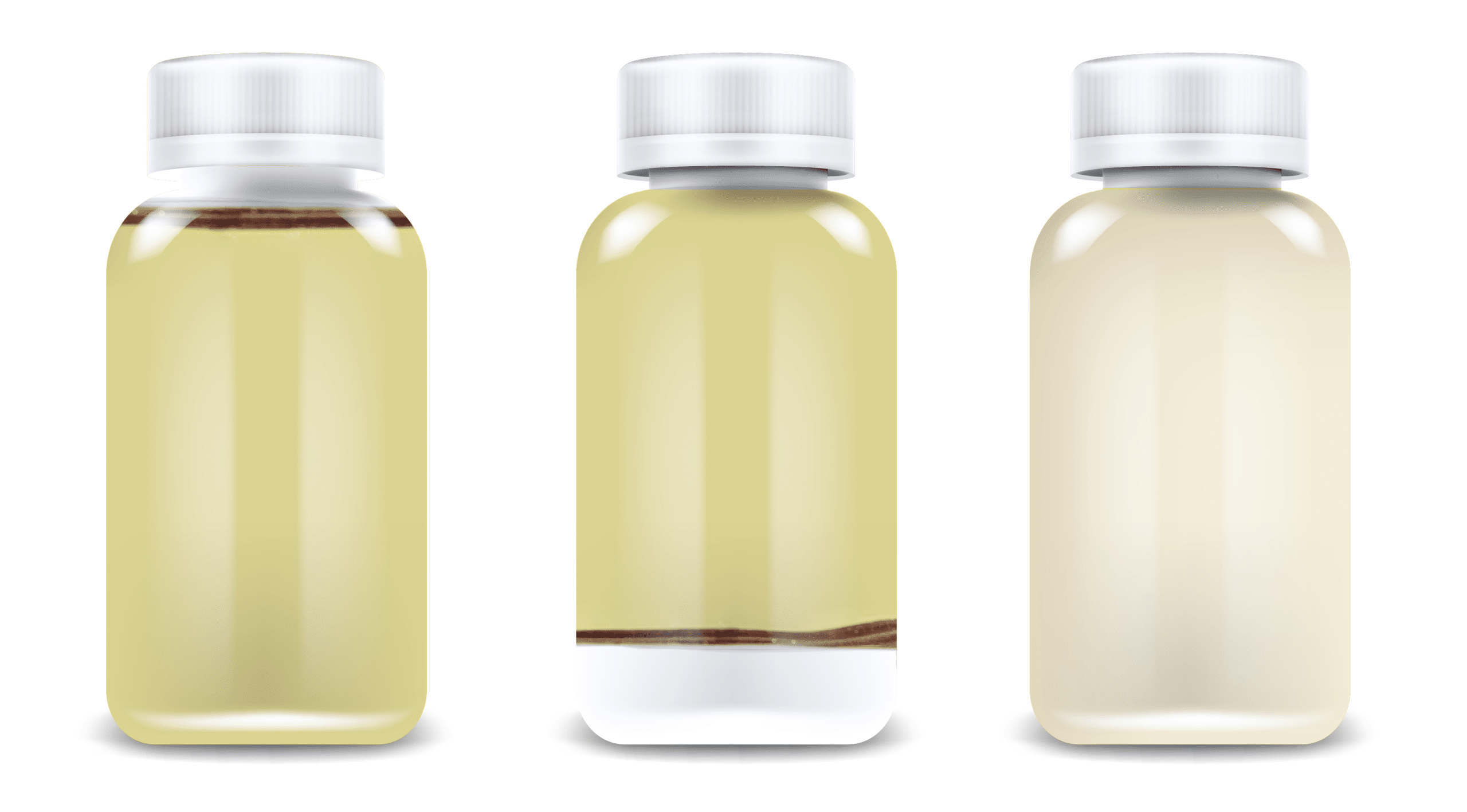Understanding the Impact of Water in Lubricants
Understanding the Impact of Water in Lubricants
Call +1-800-655-4473 We’ll help you implement a reliable oil testing system
Understanding the Impact of Water in Lubricants
Understanding the Impact of Water in Lubricants Through Condition Monitoring
By Labraun Kennedy – Data Analyst
![]()
OVERVIEW
Condition monitoring is the process of measuring equipment parameters (e.g., vibration, temperature, lubricant analysis, etc.) to identify any changes that could predict impending equipment failure. Predictive maintenance analysts act on those measurements by using them to predict when maintenance is necessary.
By identifying and detecting equipment failure modes and predicting the rate of failure progression, effective condition monitoring programs allow preventive action to be taken without unplanned downtime. This amounts to predictive maintenance, which uses different technologies, including vibration analysis, lubricant analysis, infrared thermography and ultrasonics, to achieve that goal.
Predictive maintenance strategies can lengthen a machine’s lifespan by addressing issues before they develop into expensive failures, while reducing unnecessary maintenance. Condition monitoring programs are becoming more common as organizations recognize how they can increase reliability and reduce costs.
THE EFFECTS OF WATER CONTAMINATION
In a lubricating system, the two most harmful phases are free and emulsified water. In journal bearings for example, the incompressibility of water relative to oil can result in a loss of the hydrodynamic oil film that in turn leads to excessive wear. As little as one percent water in oil can reduce the life expectancy of a journal bearing by as much as 90 percent.
For rolling element bearings, the situation is even worse. Not only will water destroy the oil film strength, but both free and emulsified water under the extreme temperatures and pressures generated in the load zone of a rolling element bearing can result in instantaneous flash-vaporization causing erosive wear to occur.
Water is one of the most destructive contaminants in most all lubricants. It attacks additives, induces base oil oxidation and interferes with oil film production. Low levels of water contamination are normal in engine oils. High levels of water ingression merit attention and are rarely correctable by performing an oil change. The following are some additional notes on water contamination:
▪ Long idling in wintertime causes water condensation in crankcase, which leads to loss of base number and corrosive attack on surfaces, oxidation of the oil, etc.
▪ Emulsified water can mop up dead additives, soot, oxidation products and sludge. When mobilized by flowing oil, these globular pools of sludge can knock out filters and restrict oil flow to bearings, pistons and the valve deck.
▪ Water sharply increases the corrosive potential of common acids found in motor oil.
WATER CONTAMINATION
▪ Water in oil is characterized as dissolved, emulsified , and free, depending on concentration and how tightly bound the water is to the lubricant product
▪ Dissolved water has a lower concentration than emulsified water, while both are held in suspension
– All lubricant products contain some level of dissolved water even when the appearance is bright and clear
– Suspended water can attribute to an oil appearance from hazy to cloudy
– Emulsified water will attribute to an oil appearance from very cloudy to milky

DISSOLVED WATER IN OIL
FREE WATER IN OIL
EMULSIFIED WATER IN OIL
Water in oil affects machines in a variety of ways. The first is purely mechanical. Put simply, water doesn’t lubricate as well as oil! In situations where the lubricant is subjected to a sudden change in pressure, flash vaporization followed by rapid condensation of the water can occur. Under such circumstances, the rapidly condensing vapor can form a microjet of steam which implodes at the machine surface. A common example of this occurring is in a hydraulic pump where the hydraulic fluid and any entrained water rapidly cycles from low pressure on the suction side of the pump, to very high pressure on the discharge side. When this occurs, mechanical damage to the pump can occur — an effect referred to as vaporous cavitation. A similar effect can be seen when oil under fairly low pressure enters a hydrodynamic contact such as a journal bearing. Again, a sudden change in pressure can result in flash vaporization of the water and subsequent damage to the bearing surfaces.
Because of the different chemical properties, oil and water do not mix but separate in two distinct layers. As water has a higher density than oil, free water accumulates at the bottom of the lube system. However, depending on the composition of the base stock and the type of additives, different lubricants can hold very different amounts of water in dissolved phase (note that temperature and pressure also have effects on how much water a fluid can hold).
Beyond the saturation level of the lubricant, water is present as either free water or emulsion. Emulsion is the state where water is sheared and suspended in the oil as tiny droplets by agitation.
▪ Engine oils will easily contain 1000 ppm without there being a problem
▪ Turbine oil applications may require < 200 ppm ▪ Transformer oils would require <30 ppm ▪ High detergency formulation will readily absorb water and contain higher concentrations in solutions ▪ Generally lightly compounded formulation, such as AW hydraulic or turbine oils are designed shed water.
THE EFFECTS OF WATER ON A LUBRICANT
▪ Water contamination accelerates oxidation, especially in the presence of heat and pressure
▪ The presence of water can act as a catalyst for corrosion of metal parts (such as copper, lead and tin).
▪ Bearings are particularly susceptible to bearing contamination. Fatigue life is greatly accelerated by water contamination
▪ Water will compromise and degrade additive compounding
▪ Excessive water contamination interferes with proper lubricating oil film and lubricating properties
WATER CAN ENTER SYSTEMS THROUGH VARIOUS MEANS
▪ Condensation
▪ Breathers
▪ Heat exchangers
▪ Work application and work environments
▪ Poor storage and delivery practices
▪ Coolants
▪ Poor seals, especially during cooling after equipment shutdown
MEASURING WATER
In order to control moisture levels, one must be able to detect its presence. There are five basic test methods used to determine the moisture content of a lubricating oil. These methods range from a simple apparatus to a more complex chemical test or slightly more expensive percent saturation probe test ideal for on-site screening purposes. It may also include more advanced technology typically used in laboratories for precise determination of the water level in ppm. The most basic is the Crackle Test. In this test, a hot plate is held at 320°F (130°C) and a small drop of oil placed in the center. Any moisture present in the oil is reflected in the number of bubbles observed as the water vaporizes. Depending on the lubricant, relatively few small bubbles indicate approximately 500 to 1,000 ppm (0.05 to 0.1 percent) water.
Significantly more bubbles of a larger size may indicate around 1,000 to 2,000 ppm water, while an audible crackling sound indicates moisture levels in excess of 2,000 ppm. The Crackle Test is sensitive only to free and emulsified water.
The most precise method for determining the amount of free, emulsified and dissolved water in a lubricating oil is the Karl Fischer moisture test. When used correctly, the Karl Fischer test is capable of quantifying water levels as low as 10 ppm or 0.001 percent and should be the method of choice when more exact water concentrations need to be known.
Whichever method is used to determine water levels, one thing is certain: Water is a major cause of lubricant failure, component failure and poor machine reliability. Like all contaminants, it is important not only to recognize its presence, but also to take steps to control or eliminate the source of water ingression

Written By:
LaBraun J. Kennedy
Data Analyst
Bureau Veritas – Oil Condition Monitoring
